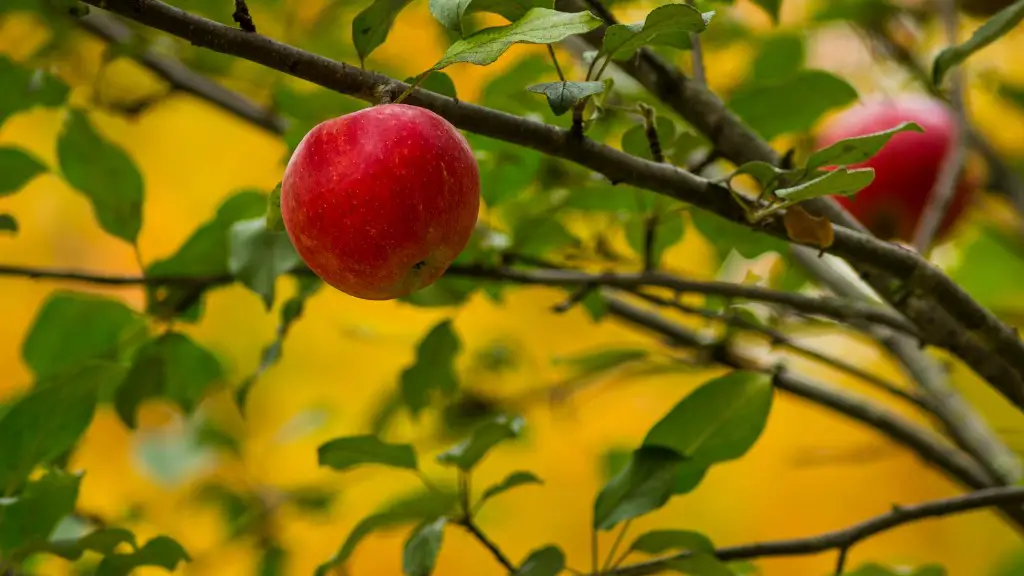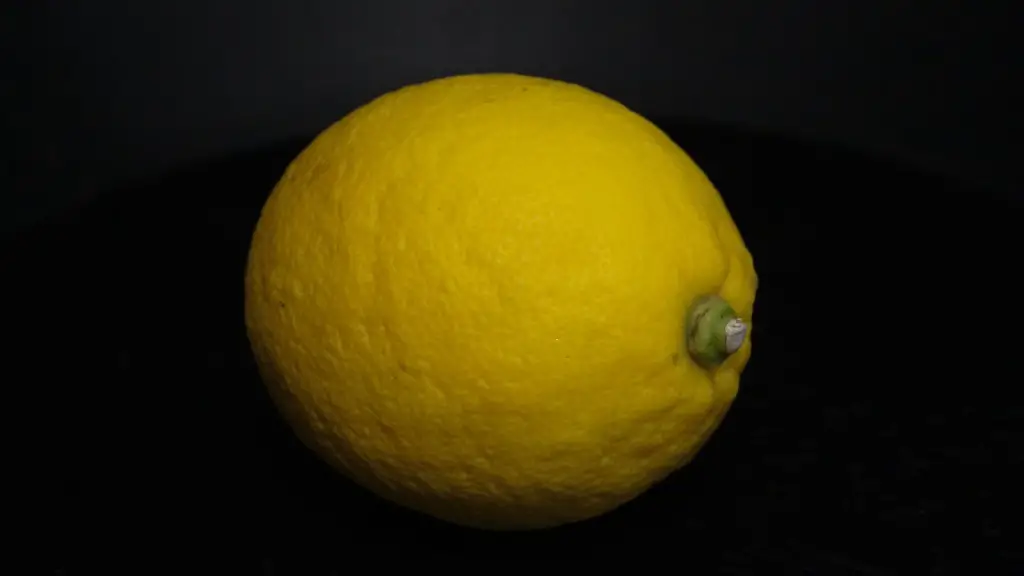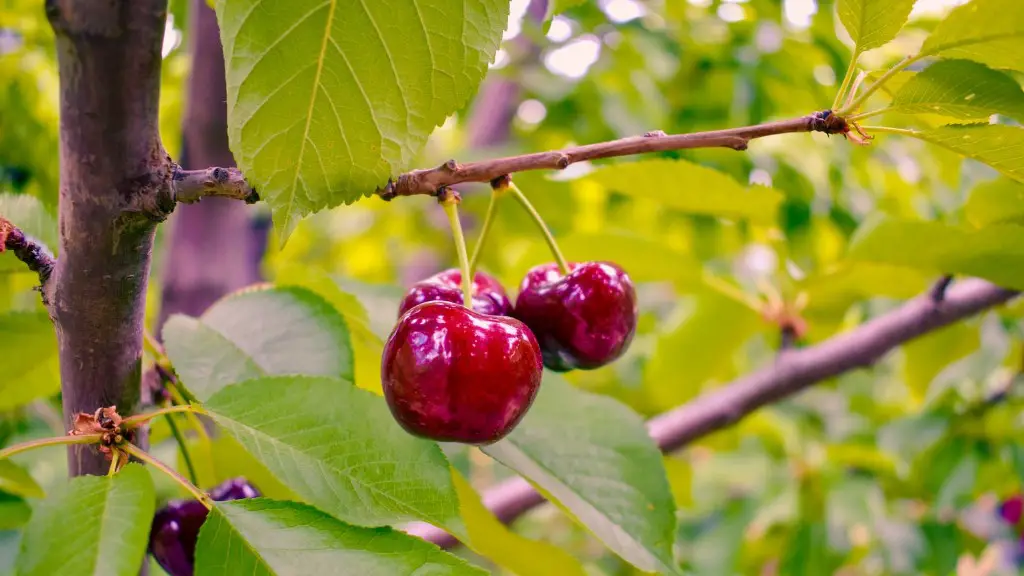It is a common question about whether a crabapple tree can pollinate an apple tree. The answer is yes, a crabapple tree can pollinate an apple tree. However, the success of this cross-pollination will depend on several factors including the species of both trees and how far apart they are located.
Crabapple trees are classified as a Malus species, like apple trees. But, not all Malus species are compatible for cross-pollination. If both trees are of compatible species, then they can be cross-pollinated. The bloom season of the crabapple tree must occur at the same time as the bloom season of the apple tree.
When cross-pollinating a crabapple tree and an apple tree, it helps if the two trees are within 200 feet of each other. This distance makes it easier for the insects that will be helping out with the pollination process to move back and forth between the two trees. If the distance is too great, then the flowers may not have time to be fully pollinated.
It’s also important to bio-selectively choose the crabapple tree for cross-pollination. The higher the vigor of the crabapple tree, the greater the chances that it will pollinate the apple tree successfully. Additionally, the crabapple tree should be producing a good amount of fruiting spurs so that there will be plenty of pollen to be used during the pollination process.
Cross-pollinating a crabapple tree and an apple tree may be a successful endeavor, however, it is not always the case. If the trees are not properly selected and managed, it’s possible that the pollination process may not be successful. As with any fruit tree planting, proper guidance and advice should be received to make sure that the trees are properly chosen and managed.
Factors Related to Successful Cross-Pollination
Cross-pollinating a crabapple tree and an apple tree can be a successful process, however, there are various factors that should be taken into consideration prior to attempting this process. It is important to properly select and manage the two trees involved in the cross-pollination.
The species of the two trees must be of compatible species and should also be in bloom during the same period of time. It is also beneficial to keep the distance between them at 200 feet or less, in order for the insects to move easily between the two trees. Additionally, the vigor of the crabapple tree should be quite high in order for enough pollen to be produced for a successful pollination process.
Finally, it is important to receive guidance and advice from an experienced horticulturalist to ensure that the trees are properly chosen and managed for cross-pollination. Without this guidance and advice, the success rate of the pollination process may be reduced.
What to Consider Before Cross-Pollinating
Before attempting to cross-pollinate a crabapple tree and an apple tree, there are certain considerations to make. First, the species and bloom season of the two trees must be compatible in order for a successful pollination process. Second, it is beneficial to keep the distance between the two trees at 200 feet or less. Third, the vigor of the crabapple tree should be high and it should be producing a good number of fruiting spurs.
Finally, it is important to receive advice from an experienced horticulturalist before attempting the process, as this will ensure that the trees are properly chosen and managed. Without this guidance and advice, the process may not be successful.
What to Expect After Cross-Pollination
After a successful cross-pollination between a crabapple tree and an apple tree, the results should be visible within a few weeks’ time. If everything was properly chosen and managed, then the pollinated flowers should produce fruits, which in turn should be harvested in the expected season.
However, if the pollination process was not successful, then the fruits that come out of the cross-pollinated flowers may be unsuitable for cultivation. This is due to the incompatibility of the species involved in the cross-pollination. In this case, it is best to consult with a local horticulturalist to determine the cause of the failed pollination process.
Possible Issues or Complications from Cross-Pollination
Cross-pollinating a crabapple tree and an apple tree may present certain issues and complications. If the wrong species of tree are chosen for cross-pollination, it is possible that the pollination process may fail, and the resulting fruits may not be able to be cultivated. This is due to the incompatibility of the species.
Additionally, if the two trees are too far apart, then the resulting pollination may not be successful. This is because the flower blooms will not have enough time to be fully pollinated due to the distance between them. Furthermore, the vigor of the crabapple tree should be high in order to ensure a large enough pollen production for a successful pollination.
Other Factors to Consider When Cross-Pollinating
A few additional factors to consider when cross-pollinating a crabapple tree and an apple tree include the weather conditions, soil fertility, and the rootstocks of the trees. If the soil is not fertile enough, this may create a barrier for a successful pollination process. Additionally, climate and weather can play a role in the success of the cross-pollination, as only certain weather conditions are ideal for a successful pollination process.
The rootstocks of the two trees should also be taken into consideration. It is possible that the two rootstocks may not be compatible, which could lead to a failed pollination. Furthermore, if one of the rootstocks is not disease-resistant, then the pollination may be unsuccessful due to disease pressures.
Finally, it is important to inspect both trees on a regular basis to ensure that they are healthy and that the pollination process is successful. Regular inspections are more important if one of the trees is more prone to pests and diseases, as this could hamper the pollination process.




